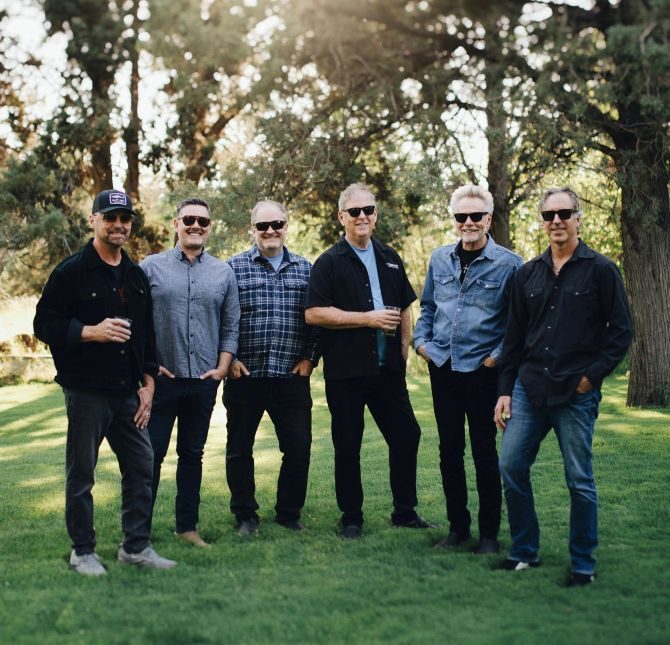Book review: What the final trials of Nazis teach us about guilt and memory
Published 9:00 pm Saturday, May 11, 2024

- Tamkin
How does one judge the people of the past? How best to judge them in one’s own mind? In society? In a court of law?
These are the questions taken up by Tobias Buck, managing editor of the Financial Times, in his new book, “Final Verdict: The Holocaust on Trial in the 21st Century.” Born in Germany, Buck studied law in Berlin before going into journalism, and he draws on all elements of his experience as he seeks answers, grappling with how his country has tried to come to terms with its legacy.
The book focuses on the trial of Bruno Dey, who was brought into court at the age of 93, in 2019. Decades prior, Dey worked as a Nazi SS officer and manned a tower at the Stutthof concentration camp. Buck takes the reader through the trial: the questions brought up by the judge, Dey’s defense, testimony by survivors and expert witnesses. The verdict was handed down in 2020: Dey was found guilty of complicity in the murder of more than 5,000 people, for which he was given a two-year suspended prison sentence. But despite the book’s title, he isn’t its real subject. Instead, Buck is interested in the process — in both the specific trial and the country at large — that led Judge Anne Meier-Göring to her decision.
To that end, Buck discusses other Nazi trials over the course of the past several decades, to show how thinking has evolved about who was culpable — in both the moral and the legal sense — for the Holocaust. In the 1950s, former Nazi police chief Bernhard Fischer-Schweder, a senior SS officer “who had volunteered for the mass killings and fired his own gun,” was found guilty only as an accessory. The judges in such cases found that the accused “acted in response to an order, not with the will of the perpetrator but the will of the accessory,” and were simply “tools of the Führer.” But over time, some worked to shift how Germany thought about guilt, and to transform the law. Buck tells their stories, too, among them Thomas Walther, who decided to take on the case of Nazi camp guard John Demjanjuk by proving not that he’d been involved in any one specific killing but that he was on duty at Sobibor, a “factory of death.”
Despite Buck’s excellent reporting — or perhaps because of his focus on those details — larger questions are sometimes raised too hastily. German “memory culture” — how Germany relates to and faces up to its past, and the collective commitments that enable such practices — is tackled in one (thoughtful and compelling) chapter toward the end, but I was somewhat frustrated that these questions and this context were not given more consistent consideration throughout. And though Buck can hardly be faulted for writing a book that proved to be even more relevant and timely than it was when he started out, many readers are likely to wish that the role of Israel in Germany’s memory culture had been given more than the brief consideration Buck allots to the subject.
More than that, though, I was left wishing Buck had spent more time on what it means to entrust the memory of state-backed violence to the state — which is precisely what the legal proceedings he describes effectively do. Buck cites the words of the Dey case judge’s decision: “Don’t look away. Be compassionate. … Respect human dignity — at all costs.” Reflecting on this, he writes: “Hard as [these instructions] may be to follow, they must be followed. And they must be followed even in the most difficult and most dangerous of circumstances — precisely because the stakes are so high. That is not just what our conscience demands. That is what the law demands.”
But what about when the law does not demand it? What about when the law, today, allows or encourages discrimination? What does it mean to have memory entrusted to courts, which enforce the laws as they are written by those who have power — a thing that, historically, is used not only against the guilty but against the vulnerable?








